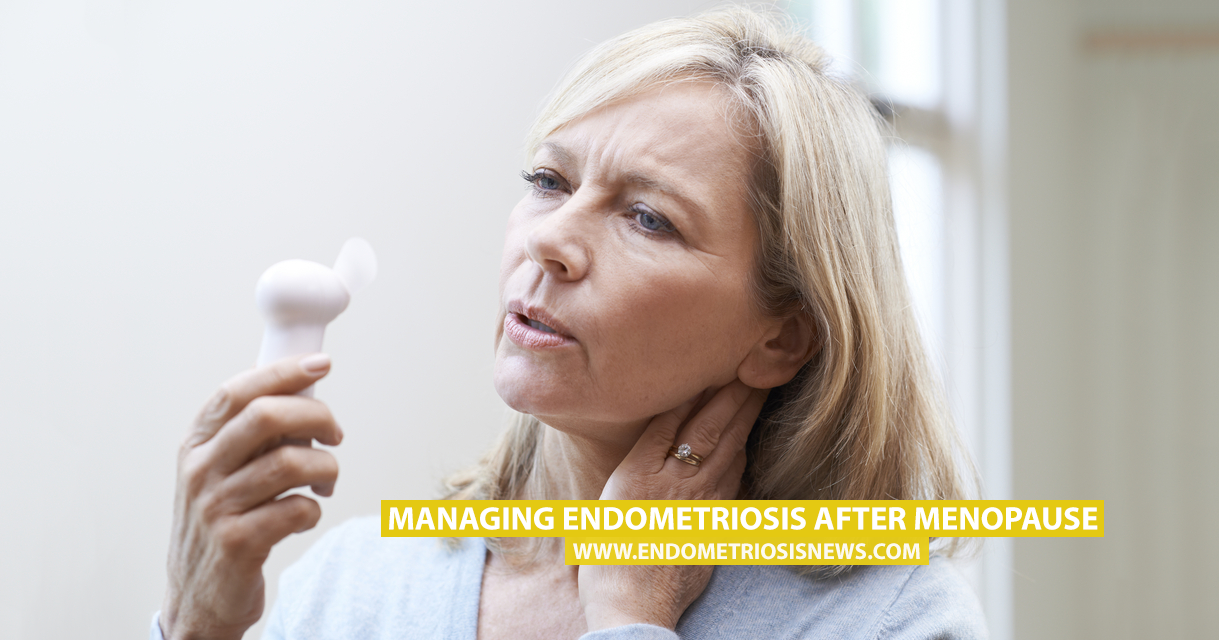As the hormones that trigger endometriosis drop sharply after menopause, it figures that most women will experience fewer symptoms after they begin to go through menopause. However, according to redhotmamas.org, this isn’t always the case.
MORE: Six endometriosis-related conditions to know about
Some women choose to take hormone replacement therapies (HRT) to combat the uncomfortable symptoms of menopause, which can include hot flashes, night sweats, weight gain and vaginal dryness. Women who do this are at risk of reigniting their endometriosis as hormones such as estrogen and progesterone are pumped back into the body.
Menopause may stop future endometrial tissue from becoming dislodged and causing lesions, but it won’t do anything to diminish pain caused by existing lesions. These will need to be surgically excised by a surgeon, skilled in removing lesions from women who have gone through menopause via laparoscopy.
If menopause has been brought on by a hysterectomy, then many of the endometriosis lesions may have been removed when the uterus and ovaries were removed. However, there may be some attached to other organs that will need to be addressed by a surgeon.
MORE: Seven things that only women with endometriosis will understand
Endometriosis News is strictly a news and information website about the disease. It does not provide medical advice, diagnosis or treatment. This content is not intended to be a substitute for professional medical advice, diagnosis, or treatment. Always seek the advice of your physician or another qualified health provider with any questions you may have regarding a medical condition. Never disregard professional medical advice or delay in seeking it because of something you have read on this website.

